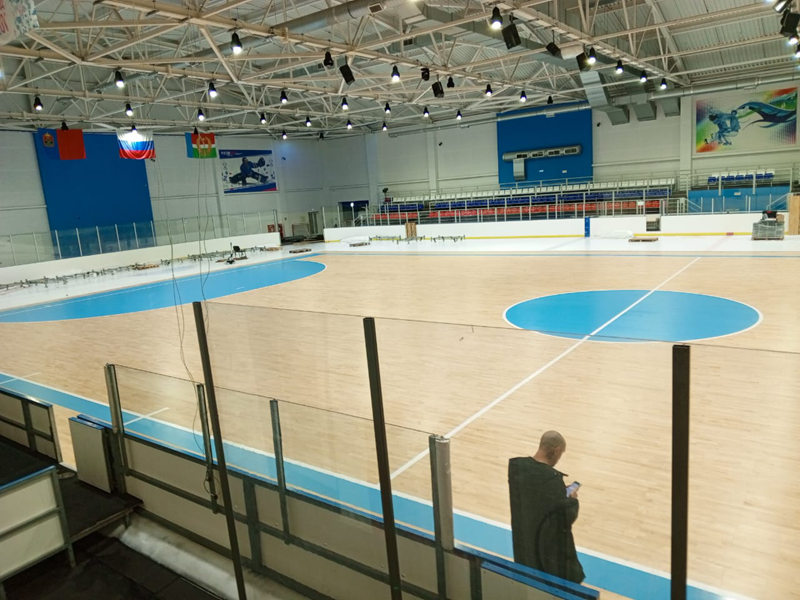The debate between natural wood and synthetic flooring for indoor sports centers on performance, cost, and maintenance. Hard maple, particularly in portable systems, offers distinct advantages. Its organic structure provides superior shock absorption, reducing joint strain during high-impact activities like basketball or soccer. Synthetic floors, while durable, often lack this natural cushioning, leading to fatigue over extended play.
Hard maple also excels in ball dynamics. The wood’s density ensures consistent bounce, critical for sports requiring precision, such as volleyball or squash. Synthetic surfaces may vary in hardness, affecting gameplay unpredictability. From an environmental standpoint, hard maple is biodegradable and can be recycled, whereas synthetic materials contribute to long-term waste. Though initial costs for hard maple may be higher, its longevity—often decades with proper care—offsets expenses. For facilities prioritizing athlete health, performance, and sustainability, portable hard maple floors are the clear winner.

Leave a Reply